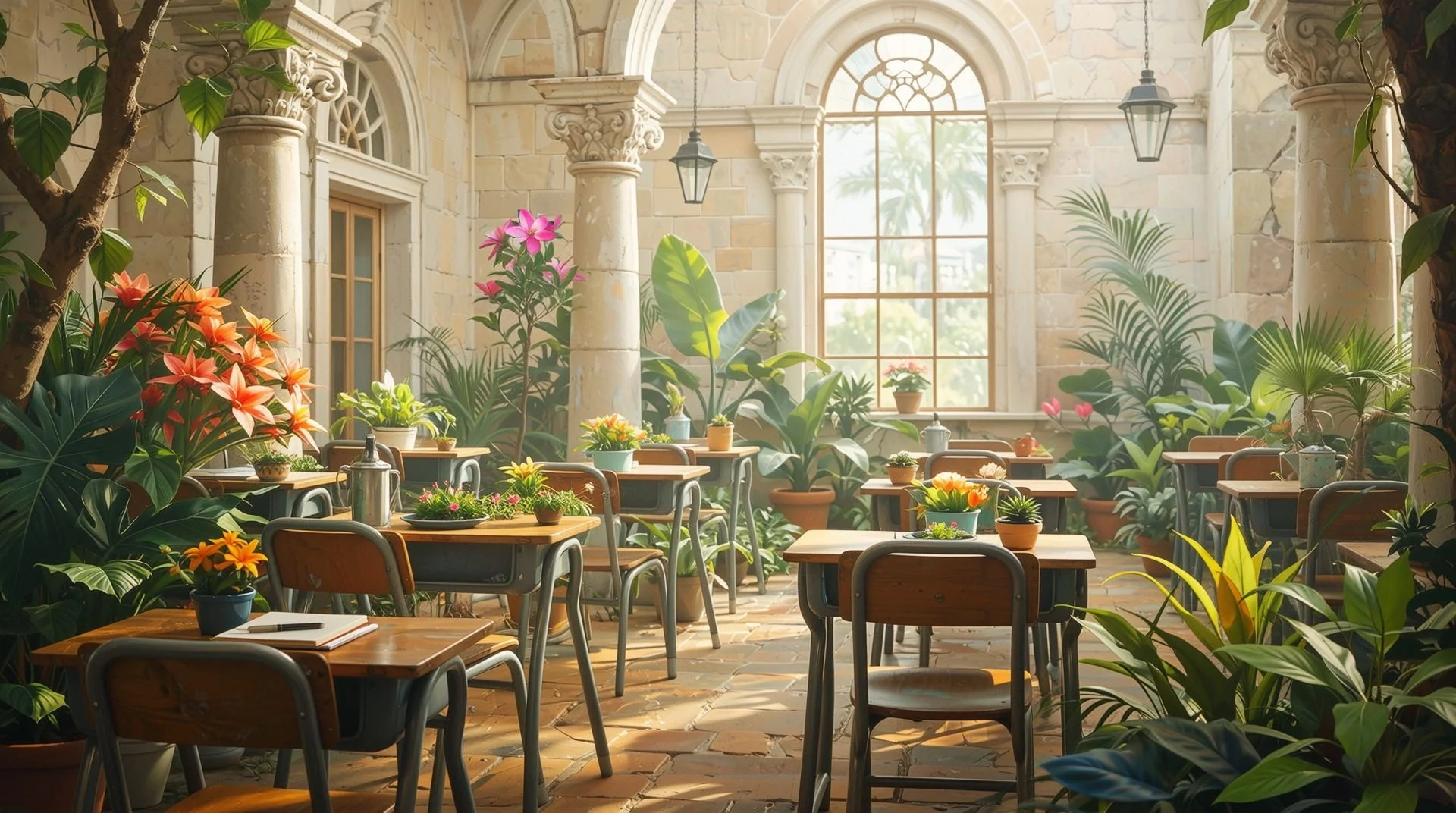The World’s Most Riggable Camera is HERE!!
From BlackMagicDesign.comThe “World’s Most Riggable Full Frame Camera” has arrived!!! I know you were waiting on it! It’s finally here!! I have to admit, I wasn’t sure where to start when Blackmagic Design backed up the new product truck for NAB and unloaded them all in an over 2 hour broadcast but I figured the “World’s Most Riggable Full Frame Camera” would be a good place to start for a lot of reasons not the least of which is the fact that it’s the most riggable camera in the world… The Blackmagic Design Pyxis is a 6k camera that comes ready for the world.
Quick glimpse into the life and mind of Tom White… It’s 4:30am on Saturday April 13, 2024 and I have been up since 2am fighting the urge to get into the office and start writing. My brain would not let go of the sheer volume of content Blackmagic dropped on it yesterday. So yeah… there may be some snarkiness in this one.
All seriousness, I really think this camera is great for the classroom. Let’s cut to what most people want to know - how much is it? Out of the box without a lens, it’s $2,995. I don’t know how you beat that price for a full frame 6k camera. Not only is it priced right for education, it has an EF lens mount model which, really changes the game for most as it’s almost a requirement that you have EF lenses as a secondary video production program. So those lenses you already have for your Canon DSLR will work with the camera right out of the box.
The Blackmagic Design Pyxis is a relatively light camera weighing in at just over 3 pounds. This means that with a lens it’s still light enough for a gimbal or a basic tripod - even when fully kitted with all of the rigging points! This camera will be a game changer for a lot of programs that have a film/commercial production element because of its power, size (5.94in deep - 4.17in wide - 4.69in tall) and weight. Students won’t have to lug around a massive camera that would prohibit them from moving with it to create awesome movement in their pieces.
There is no need for an external monitor with the Blackmagic Design Pyxis. There is a 4’ LCD monitor on the side of the camera that has all of the features you would expect from a Blackmagic Design camera - frames, focus assist, scopes, and more. The monitor is super bright so your students can use it outside in the brightest conditions. You can also add the URSA Cine viewfinder if you want that upclose, closed off look at your footage.
Now to the nerdy stuff! Like I said before, the sensor is full frame so you will notice a big difference in your footage immediately if you have been using lower end cameras or DSLRs. The Blackmagic Design Pyxis has dual native ISOs of 400 and 3200 so no matter the light situation, you will have properly exposed footage. There are also 13 stops of dynamic range so your brightest whites are still crisp and your blackest blacks are still dirt free!
The Blackmagic Design Pyxis has a ton of resolutions and frame rates. You can shoot at 6k with 36 fps or hit 120 fps at 1080HD. If your program is film focused the anamorphic look that students crave is easy to accomplish but this camera also makes slow motion sports highlights simple in HD. You can use this camera in different classes for completely different roles whereas for the most part other cameras are going to be dedicated to film or sports production.
Audio isn’t a problem with the Blackmagic Design Pyxis either. There is a mini XLR port on the front of the camera that includes phantom power for your shotgun microphones. There is also a 3.5mm stereo input for microphones or field mixers. Monitoring audio isn’t a problem either with the 3.5mm headphone jack on the back of the camera.
Recording your footage is not a problem. The USB-C expansion port allows you to record to external devices and hard drives with no problem. Also the two CFexpress ports allow you to record internally and hot swap the cards as they fill (read as: never stop recording). The output formats are H.264 or Blackmagic Raw (which I would go with because of the power of the newly announced updates to Davinci Resolve but that’s another article to come…) You can dual record your files so editing is easy. No need to take the time for Resolve to make proxy files - you can have them on the card from the camera! I will warn you to double check that your media will work with the camera.
“But Tom, I want to live stream with a camera that looks this great….” not a problem. Connect to your phone and you can stream via RTMP or SRT to all of your streaming networks. There is also a RJ45 jack on the camera so you can hard wire to your network and stream at full bandwidth! You can also connect to an ATEM Streaming Bridge and bring the content from the field straight to the studio. Oh yeah… I almost forgot the Blackmagic Design Pyxis has 12G SDI out so you can literally run it into any switcher.
Battery life is always a concern… more so with Blackmagic Design cameras (I’m talking to you Pocket Cinema!)…. But the Blackmagic Design Pyxis has a couple of solutions. The camera has a BP-U battery slot so banking a ton of batteries isn’t a problem - the most expensive set that I found on an internationally recognized photo and video website was $600 for two batteries and a charger. Those batteries should each last over 3 hours in the Blackmagic Design Pyxis. But the Blackmagic Design Pyxis also has a 12v locking power jack. This means several things - you could simply run power to your camera from an outlet or you can use the “World’s Most Riggable Full Frame Camera” with a v-mount or gold-mount battery. These batteries are professional grade and will double or triple the power for the camera - and accessories.
Let’s talk lenses… For film production, you are going to have to get real cine lenses in order to get that look you want. That’s not to say you can’t get started with standard lenses and 99% of your viewers won’t know the difference but if you use them - they will. For news/sports production, a zoom lens is essential. Your choice there is how big of a lens you want. If you are just going to do BTS/Hype video stuff, wider angles are fine but if you are going to try to do highlights, longer lenses are a must.
Let’s close with the riggable nature of the camera. There are Six ⅜ and Seven ¼ mounting point. You can also purchase the optional Blackmagic PYXIS Rosette Plate to add more mounting points - add 5 more ¼ threads and 4 more ⅜ threads and a mounting point for hand grips or extension arms. Thes points can be used to add arms for monitors, mounts for microphones, SSD card holders and more. So how would I kit this out?
The first thing I would do is add the URSA Cine Viewfinder ($1695) (yeah I know it almost as expensive as the camera but I think it’s worth it to be able to close off the world and actually see what you are recording). Next the Blackmagic Design Shoulder-Mount Kit for the URSA Mini ($395) to get a shoulder mount set up as well as a tripod plate mount. You will need a VCT-14 Type Tripod Mount ($158) (think quick release plate for big boy cameras) Then rails out of the back of the shoulder mount so I can add a V-mount battery to power the camera. (And a couple of V-mount batteries. I would next add a SSD holder. That way, I can easily connect and mount the SSD to the camera and not worry about cables, etc. Next would be an arm for a shotgun microphone - remember that I’m a news/sports guy. A shotgun with a mini XLR and now I have all of the Nat sound I need. Finally, if I had any budget left, I’d consider a matte box.
Ultimately, I am excited for the Blackmagic Design Pyxis because it is a cost effective solution for you to put a real cine camera in your student’s hands and allow them to experience the real film production workflow in a camera that can fit all of your program’s needs.
Meet the Author, Tom White
Tom White is the Education and House of Worship Specialist at Amitrace. Tom's role is to help educators build better programs through better training, planning, and equipment.
Before joining Amitrace, Tom was the Broadcast Engineer at Grady College of Journalism and Communication at the University of Georgia. Prior to that role, Tom taught at Morgan County High School and Rockdale Career Academy where he and his student produced thousands of live streams for sports, news, and community events.
Tom’s program at the Rockdale Career Academy received the NFHS Network Program Of The Year in 2016 and his program at Morgan County High School received the New Program of the Year title in 2018. Tom has been a long time contributor to many publications and is the host of Teaching to The Test Pattern Podcast.











As summer winds down, the familiar rhythm of a new school year approaches. For educators like James Peach, the weeks leading up to students' return aren't just about shuffling papers; they're a strategic dance of preparation, aiming to ignite inspiration and cultivate self-sufficiency.